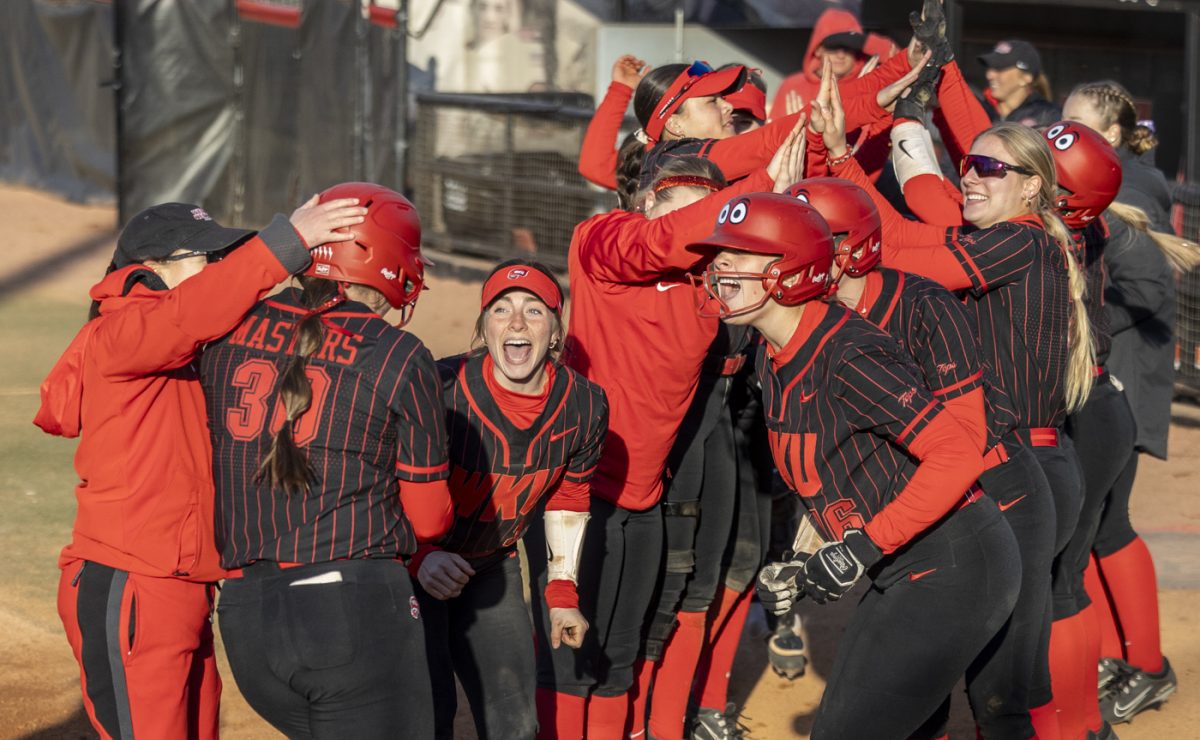ISEC’s attention leads to retention
September 3, 2019
Issue: The number of high school graduates are decreasing because of a shrinkage in birth rates, which makes it vital post-secondary universities find ways to better retain incoming first-year students.
Our stance: WKU’s Intercultural Student Engagement Center (ISEC), led by Martha Sales, has done a fantastic job of helping retain first- year students who are either at risk of withdrawing from school or in need of additional guidance.
ISEC’s program is geared toward students of color and those who are also/or “first generation, Pell eligible, and have some need with their transition, persistence, and graduation from Western Kentucky University,” according to the initiative’s website.
Giving minority and/or first generation students a place to feel at home is exactly what they need in order to be successful. Along with having access to additional academic benefits, the students also are in a community with people who look like them and are in a similar situation, ensuring that they do not come to a large university and feel completely alone. Forty percent of undergraduates at WKU will be the first in their family to get a degree, so they need guidance from people who have the necessary experience to help them get through college.
Students in ISEC are able to take what they have learned and instill their gained knowledge in incoming freshmen by becoming peer-advisers within the program, giving younger students someone on campus to look up to and creating a cycle of positive growth.
Peer advisers in ISEC also helped with the WKU Summer Scholars program, an initiative before the fall semester that hosted 142 students who had a “C” average in high school and were at-risk for withdrawing from WKU if they were accepted.
Instead of blindly admitting these students, WKU hosted them for five weeks on campus and allowed them to take a colonnade course and a second one that taught them about how to be a successful student, as well as seminars focused on financial planning and productive study habits. If a student earns a “C” in both of these classes then they are officially accepted into WKU.
This only cost students $500, and 117 of 142 students in the program were accepted, while WKU worked to help the 25 other students find a community college to attend.
The 25 students who did not make it through the Summer Scholars program most likely saved around $4,000 from not having to pay tuition to a school they would not graduate from. WKU could have easily accepted the 25 students, charged them $4,000 and brought in an extra $100,000 from students who were trying to better themselves.
However, the university realized profiting off students who are leaving college with only debt instead of a degree is an immoral practice.
In a meeting with the Herald on Aug. 23, President Timothy Caboni said first to second year retention among low-income and first generation students went up 5% last year, underrepresented minority retention went up almost 8% and total first to second year retention moved up 4%.
Caboni also added that first-to-second year retention in general should be above 70% this year (it was 68% last year), and that it was the highest it has been in a decade and within a tenth of a percentage point from the highest in university history.
He said the goal is to have an 80% first to second year retention rate and a graduation rate of 60%, which would put WKU on par with the retention of schools like Mississippi State and Old Dominion while being above schools such as West Virginia University and Florida Atlantic University, according to USnews.com.
Giving students who are at a disadvantage extra attention is necessary to their success, and this correlates with having a higher retention rate and an overall better culture at WKU.













